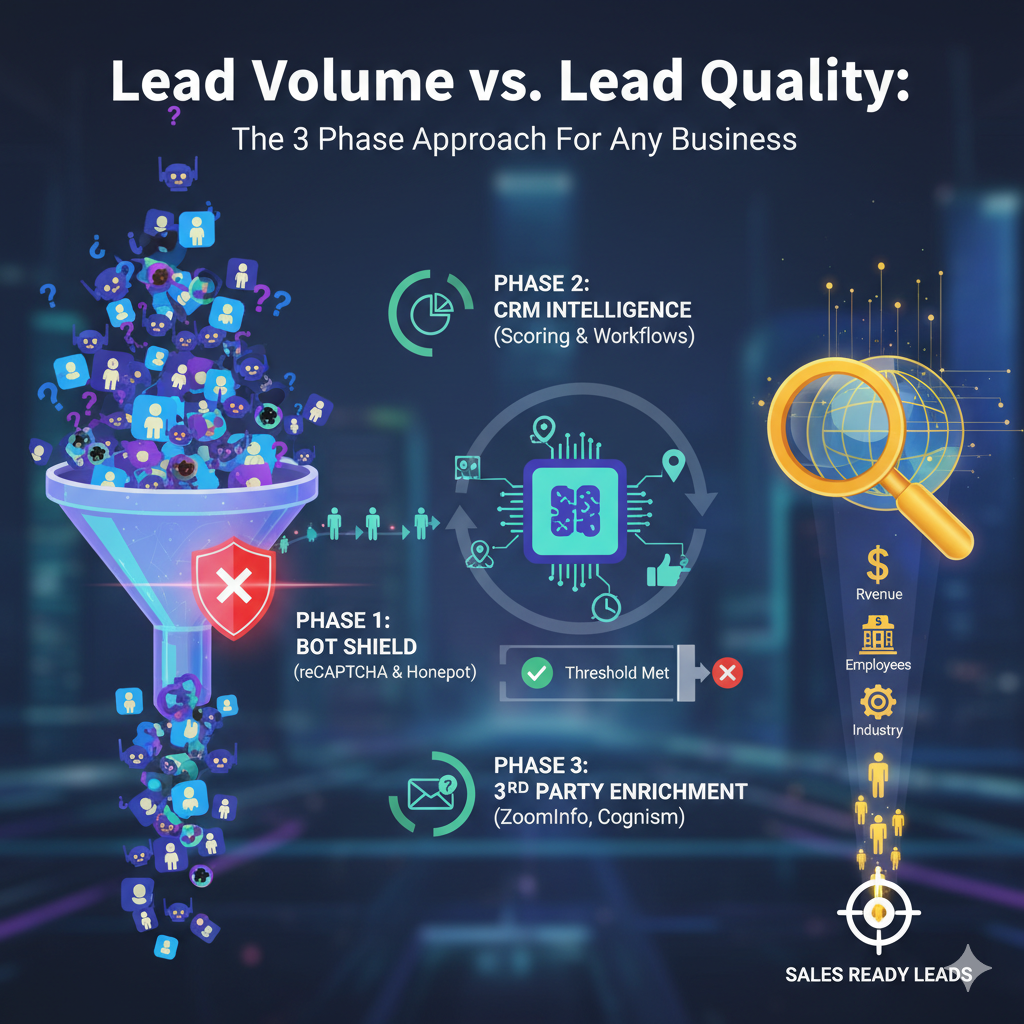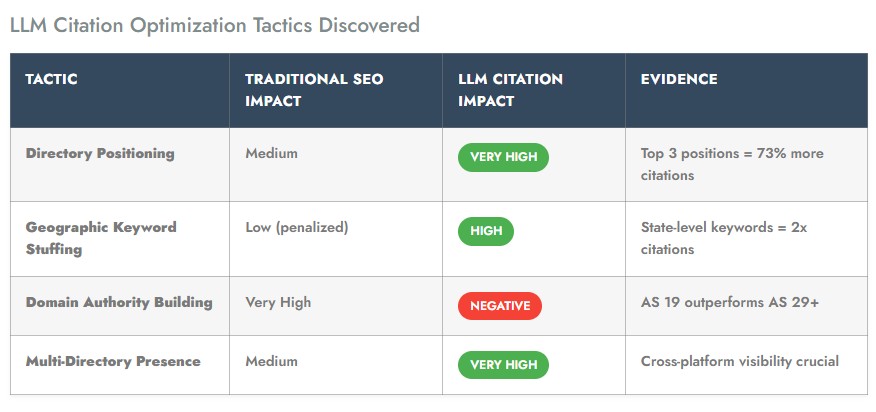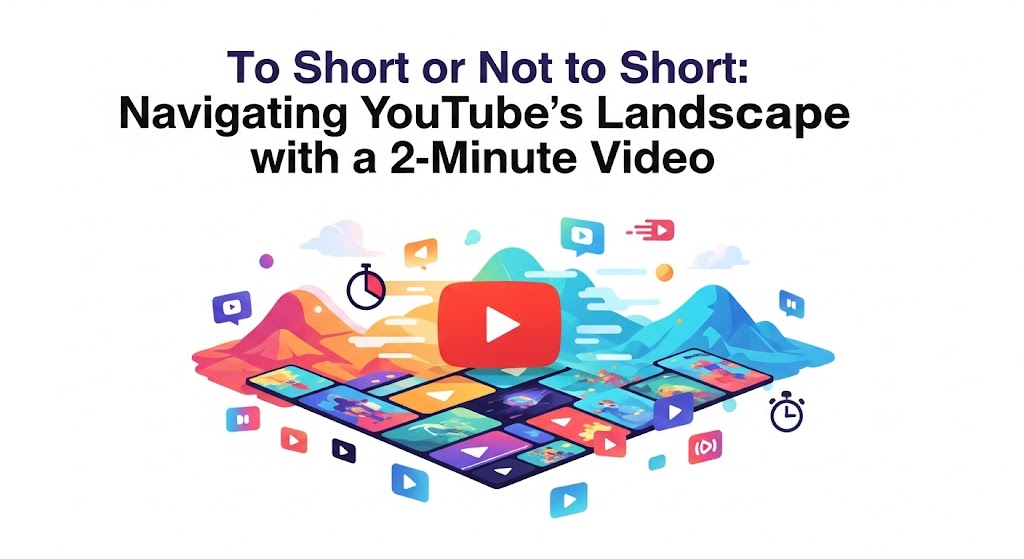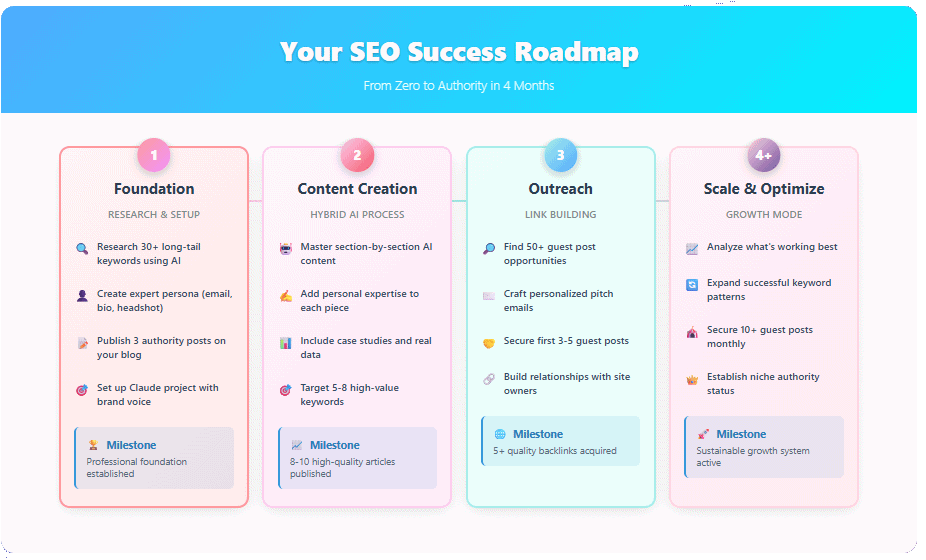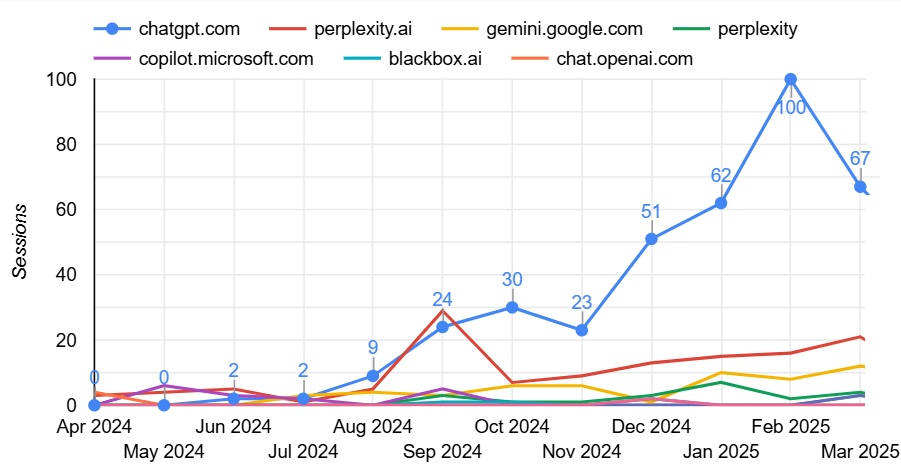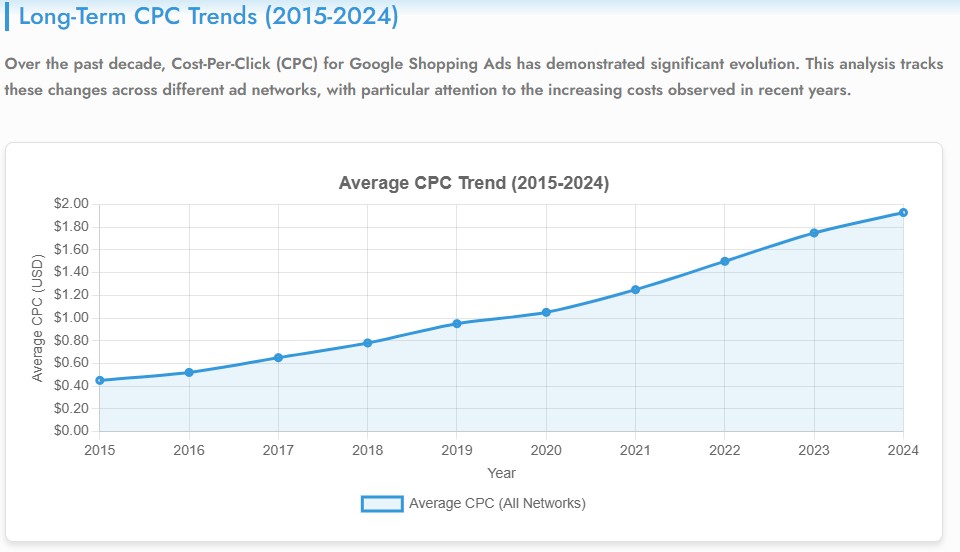Recent Posts
Lead Volume vs. Lead Quality: The 3-Phase Approach To Scale Any Business
In the world of sales and marketing, the debate is timeless: should you prioritize the sheer volume of leads or…
Rank Math vs. Yoast SEO: Which WordPress Plugin Reigns Supreme in 2025?
If you’ve spent any time in the trenches of WordPress SEO, you know that the plugin you choose can be…
LLM Rankings For Digital Marketing Agencies: Google AIO, ChatGPT, & Perplexity
This might be the most meta post of all time—an AI writing about SEO for AI, using AI to analyze…
To Short or Not to Short: Uploading a 2 Minute YouTube Video
Question: I have a 2 min video, should I upload it to YouTube regular or YouTube Shorts, both, or just…
How to Crush SEO with $0 Budget: The Complete AI Content Strategy for Startups (2025)
Starting a business with limited resources doesn’t mean you have to lose the SEO game before you even begin. While…
Paid and Organic CTR Trends: 12-Month Analysis (2024-2025)
The Impact of AI Overviews on Search CTR Trends How Google’s AI-generated overviews are affecting organic and paid click-through rates.…
AI Engine Optimization (AEO): The New Frontier for SEO & Marketing Leaders
AI Engine Optimization: The New Frontier AI Engine Optimization (AEO): The New Frontier for SEO Leaders A data-driven exploration of…
Google Shopping Ads CPC Trend Analysis (2015-2024)
Google Shopping Ads CPC Trend Analysis (2015-2024) This comprehensive report analyzes the performance of multiple Google Shopping Ad accounts from…
Unlocking Market Intelligence: How SEMrush .Trends Is Revolutionizing Digital Strategy
In today’s fast-paced digital landscape, making data-driven decisions isn’t just an advantage–it’s a necessity. Enter SEMrush .Trends, a powerful suite…

